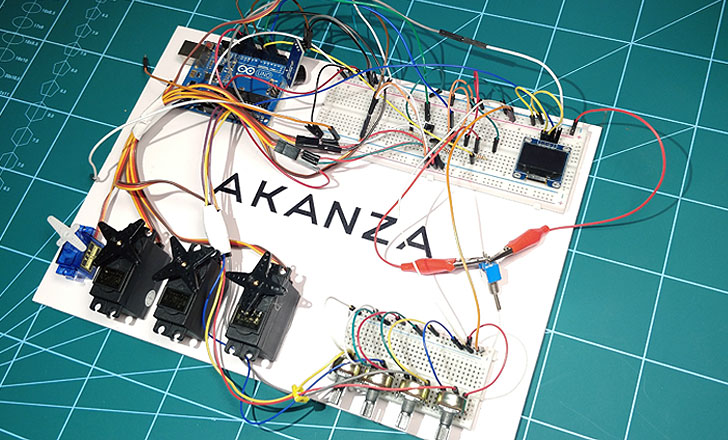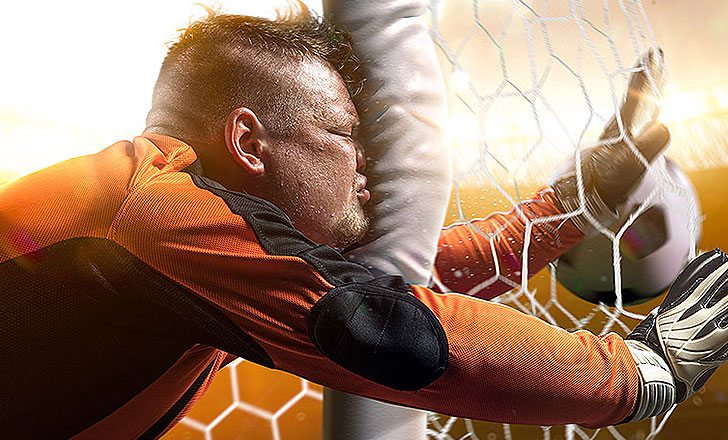Beacon is a protocol developed by Apple and presented at the Apple Worldwide Developers Conference in 2013.
Devices
Beacons are miniature devices, which can be installed in any place, depending on the needs. A single beacon is powered by a battery, which can work continuously even for several years. The cost of one device ranges from a few to several dollars. There are many beacon manufacturers in the world, but the leaders of this industry are two Polish companies, Estimote and Kontakt.io.

Technology
The beacon transmitter using Bluetooth 4.0 technology sends out its identifier in real time over a distance of up to several dozen meters.
When our device (usually a smartphone with a dedicated application) is in the area of operation of a given beacon can perform a pre-programmed action, e.g. we will be informed about finding ourselves close to an important object, a promoted area or a tourist attraction. Bluetooth 4.0 technology works with all modern smartphones. Beacons can also serve as navigation where GPS signal does not reach (e.g. shopping centres, closed rooms).
iBeacon Applications
In order to take full advantage of the capabilities of the devices, it is necessary to create a mobile application that will intercept the signal transmitted by beacons and provide the client with appropriate content. For more advanced requirements, systems are created that are responsible for collecting and processing data collected by smartphones interacting with beacons.
Uses
Interactive touring
Beacon transmitters can be used to initiate interaction between a visitor and an object. A person moving around the museum can be informed about the details of the item being viewed when he approaches the exhibit. Another use of the beacon can be mobile applications for the zoo. For example, we can inform people who will approach a given area when the next show takes place.
Tracking objects
We can track, in real time, for example, the position of shopping carts or shopping baskets. Tracking objects also works in warehouse halls to improve logistic processes. There are also applications that monitor the distance of the beacon from our telephone and an alarm is activated when leaving the area. This solution works when we do not want to lose control over our children in public places (e.g. beaches). Just put a special wristband on your child and synchronize the beacon with our smartphone.
Shopping centre navigation
Thanks to the distribution of beacons, e.g. in shopping malls, where GPS signal does not reach, we are able to determine the position of a given person and, using special applications, navigate the customer towards a particular department or promotion. Supermarket applications, which have the ability to create shopping lists, can send a notification to the customer about approaching the shelf with the desired product.
Ordering in a restaurant
Restaurant customers can place orders via mobile application and make payments. The application will be able to identify at which table a given customer sits and send relevant information to the restaurant staff. This solution allows to reduce the costs of running a restaurant by reducing employment.
Navigation at the station, airport and metro stations
Beacon navigation also works well in railway stations and airports. If we are in the airport area, a special application can show us information about our flight and effectively guide us towards check-in. One of the applications of beacons can be automatic ticket validation whenwe approach the gates of the underground station.
Monitoring of parking spots
Beacons installed on parking spots allow the presence of the vehicle to be accurately detected. This allows us to monitor the availability of free spots or to pay for a parking space conveniently using our phone.
Monitoring of medical facilities
Thanks to beacons technology we are able to monitor the location of medical equipment or even the patients themselves. The doctor can be informed when the patient leaves the permitted area. In addition, we can help to reach a given location for people who are moving around the hospital.
Monitoring and rewarding customers
Shops and service points decide to install beacons. In addition to the typical information and navigation functions, long-term customer-brand relationships are built up. The system can monitor the frequency of customers’ visits and reward them with e.g. an individual discount. Car showrooms can provide viewers with additional information about their cars.
Monitoring of schools and universities
Teachers can automatically check which students are attending their classes, and the university can keep statistics on the occupancy of rooms and halls.
Exemplary implementations
“Internet of Things” is becoming a reality, and innovative beacon technology is a great example of this. More and more companies and institutions are reaching for the possibilities of this technology. Beacons have been implemented, for example, in the largest museum in the world – Guggenheim Museum in New York. The Camp Nou football stadium offers an additional experience to those who decide to visit their facility. London buses improve communication with their passengers thanks to the beacons.
The “Virtual Warsaw” project is being developed in Warsaw, which optimizes the handling of matters with the office or helps people with disabilities.
Marketing actions with beacons are conducted by such companies as Multikino, Mcdonald’s, Nivea, Carrefour, Citibank. The largest amusement park in Dubai has more than 2,000 beacons, which help to avoid excessive queuing every day.
AKANZA – a software studio
Based on our experience with iBeacon technology, we develop both mobile applications (Android/iOS) and systems to manage the entire project infrastructure.
We invite you to contact us.




